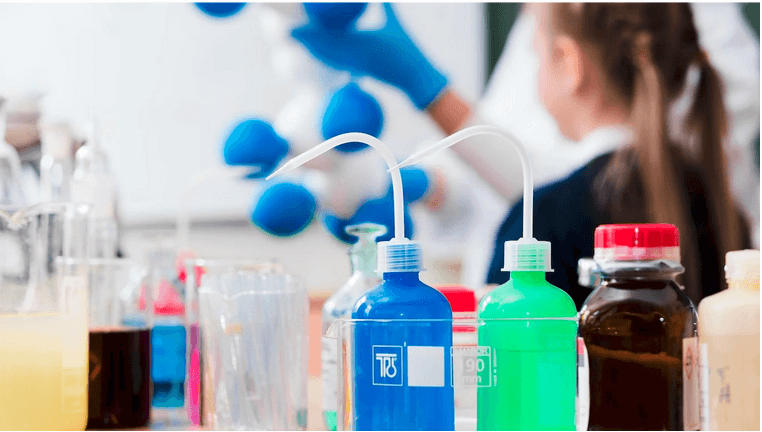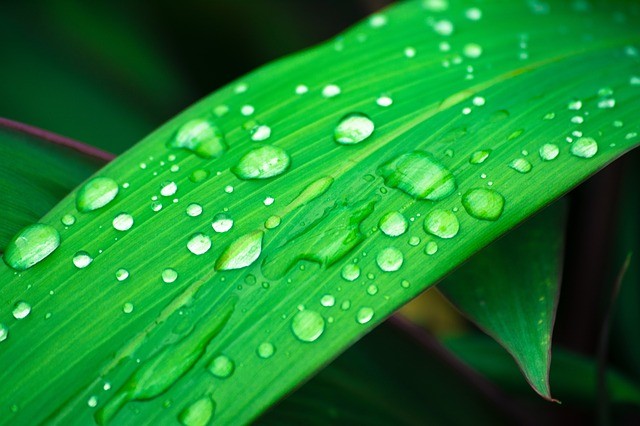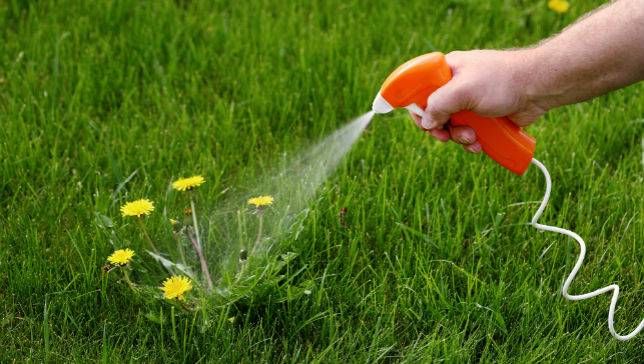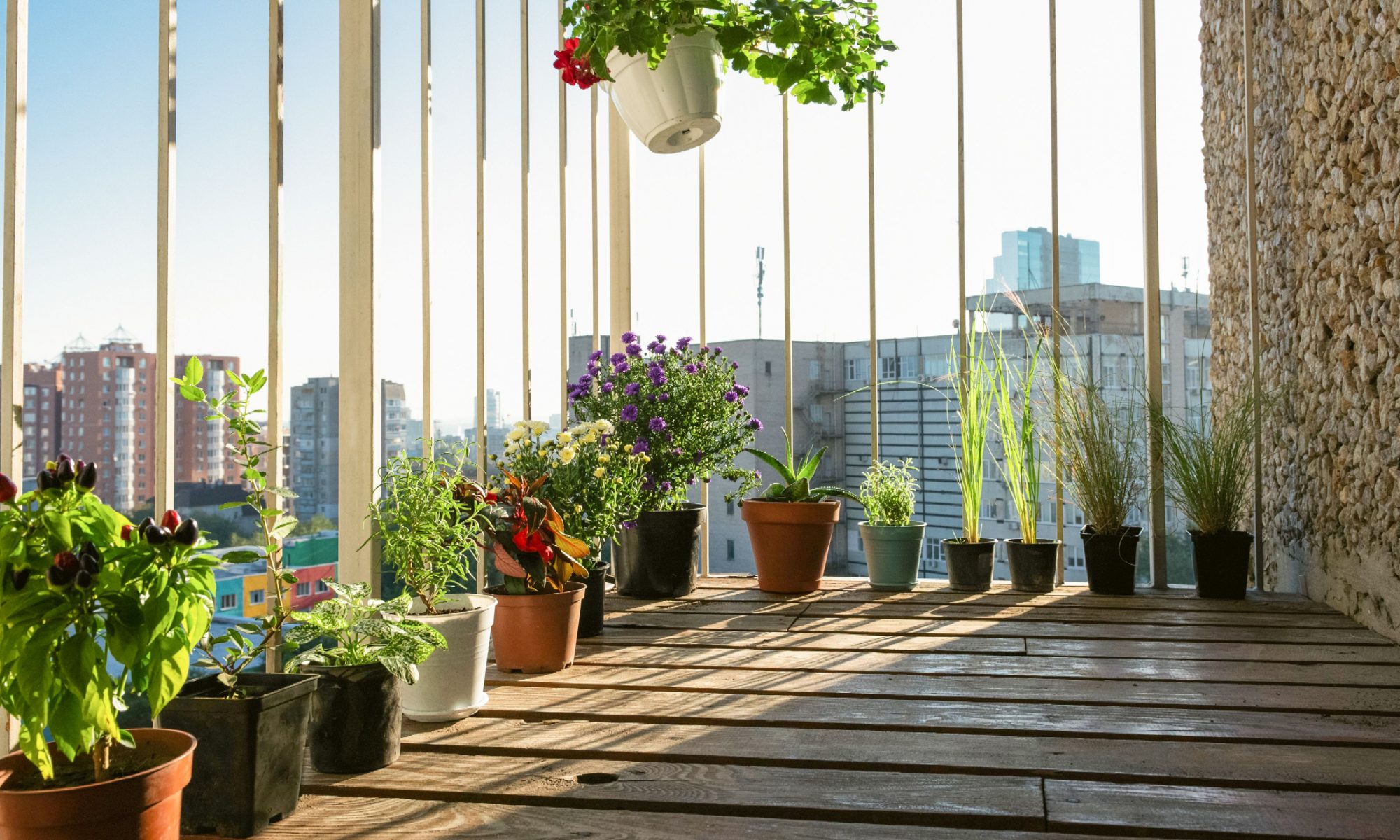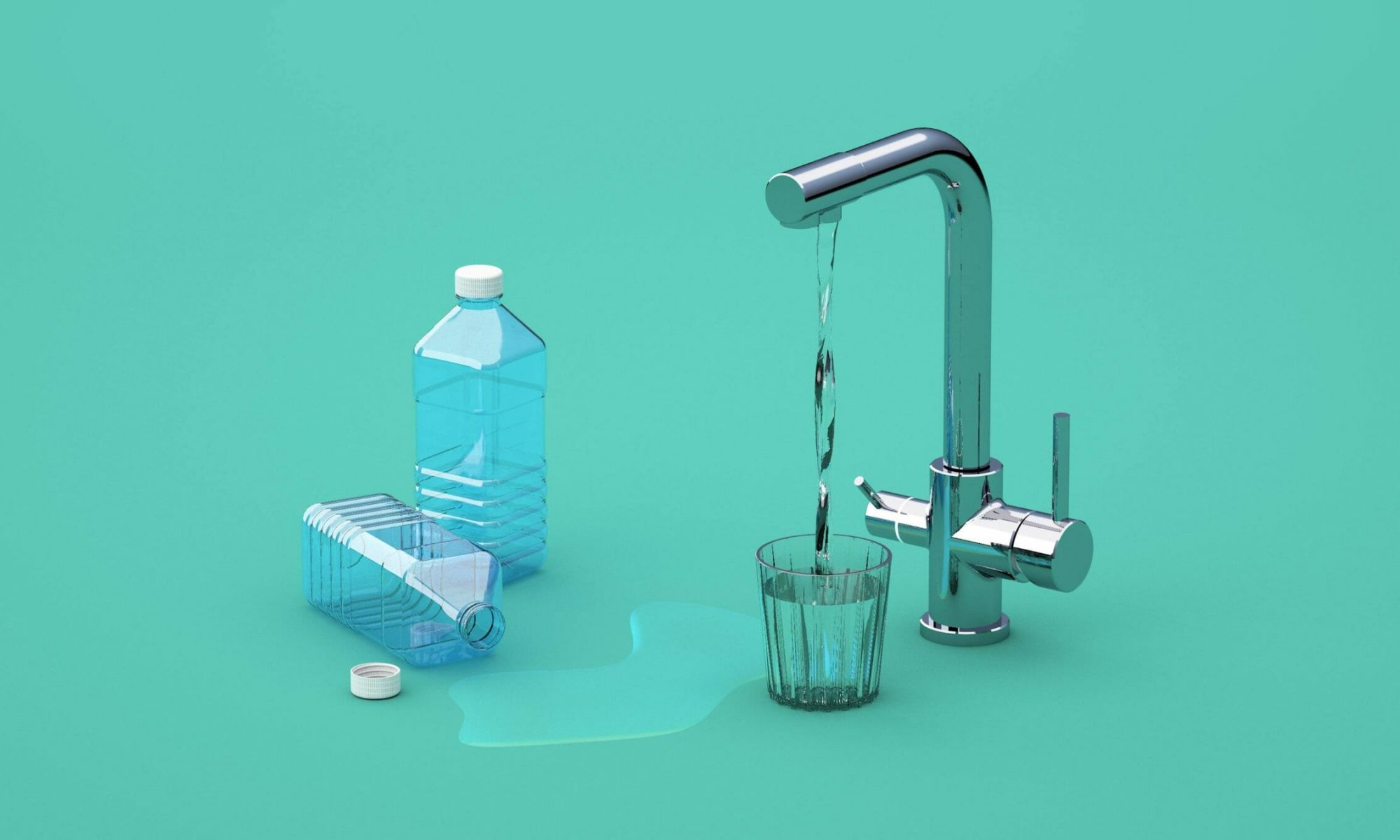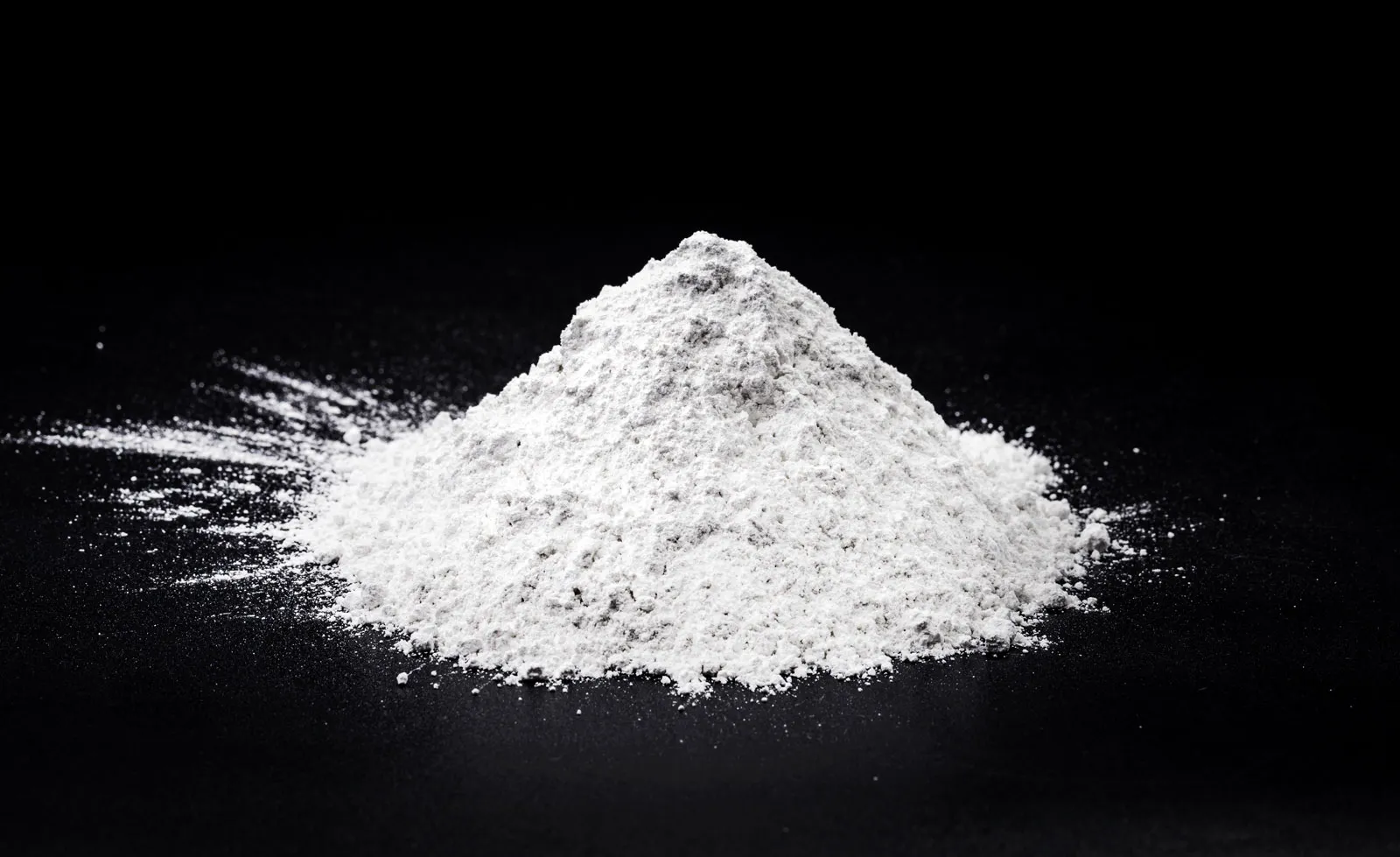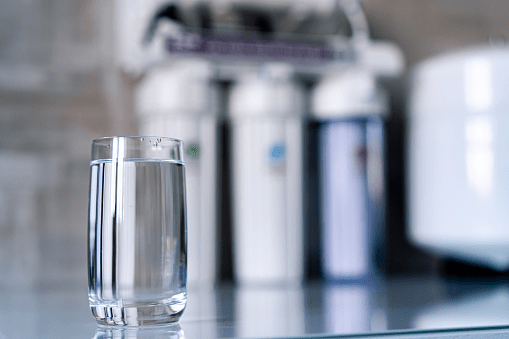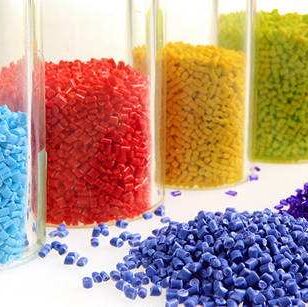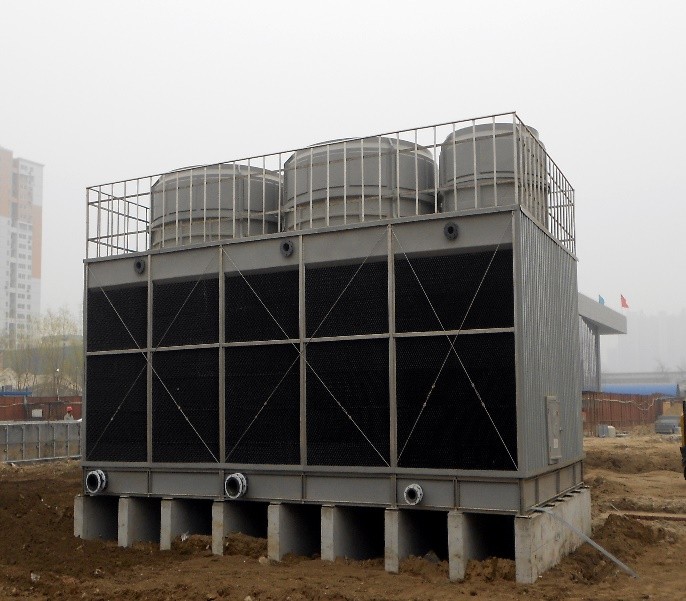Every single day laboratories produce a huge amount of waste. It will translate into a significant environmental footprint of research and test centers dealing, for example, with single-use plastics and hazardous chemicals, etc. Labs are essential for medical, scientific and industrial progress, but they shouldn’t have to come at the price of sustainability.
Cutting down waste in a lab isn’t about making sacrifices — it’s about making better decisions. Many labs are already changing, but there’s still a long way to go. From there, here are five tips to make practices less wasteful and sustainable in a way that doesn’t interfere with research or pushbacks productivity.
1. Cut Down on Single-Use Plastics
Labs rely heavily on plastic. Pipette tips, gloves, tubes and containers are single-use and disposed of. The convenience is real, but the waste piles up quickly. Instead of getting rid of plastic altogether (which is generally not feasible for most labs), try to reduce unnecessary use and seek alternatives where possible.
What Labs Can Do:
- Use reusable glassware when possible. Sterilized glass beakers, flasks and petri dishes can be reused instead of being thrown away like plastic counterparts.
- Choose plastic items that can be recycled. Other suppliers have recyclable pipette tip boxes, reagent bottles and packaging. Ensure they’re going to the right waste stream.
- Use double-gloving only when warranted to minimize glove waste. Many lab activities don’t really need a new pair of gloves every time.
- Refill instead of replace. Rather than purchasing new plastic containers for each reagent or buffer use refillable systems when they exist.
- Even small decreases in plastic use across several labs can be devastating.
2. Minimize Volumes of Chemicals and Waste Generated
Chemical waste is not only an environmental problem — it is a safety issue and a cost issue as well. Obsolete processes lead many labs to keep expired chemicals, throw away reagents inappropriately or use up valuable materials. Some planning and working with chemicals supplier Perth can go a long way toward reducing waste.
Steps to Take:
- Order only what you need. Buying in bulk can be tempting because of cost savings, but unused chemicals will expire and become hazardous waste. Monitor inventory levels and order in smaller quantities if needed.
- Divide the chemicals between departments. If same reagent is used in another lab within facility, coordinate purchases to minimize stocking and waste.
- When possible, neutralize or recycle chemicals. Certain chemicals may be safely neutralized before disposal, thus lessening their environmental consequences. Some are recyclable, or can be purified and reused.
- Use microscale experiments. When applicable, minimize the quantities of reagents used in testing and experiments. Reactions on a smaller scale still yield accurate results, but at a fraction of the waste.
- It doesn’t mean labs have to stop using chemicals — rather that they need new strategies for dealing with them.
3. Energy and Water Efficiencies
Lab sustainability is not just about waste; it is also about resources. Many labs are 24/7 operations, just like these big machines that are stinking up the day or using a ton of energy, or drinking a ton of water. With a few adjustments, you can reduce your environmental impact and your utility bill.
How Labs Can Consume Less Energy and Water:
- Deactivate equipment when it is not being used. Energy is wasted when freezers, centrifuges, and fume hoods are left running overnight. When available, use timers and automatic shut-off features.
- Get a lab equipment upgrade that is energy efficient. Newer centrifuges, incubators and refrigerators are made to consume less energy while still delivering output. If upgrading old equipment, look for energy-efficient models. Also focus on practices like weed killer testing.
- Use fume hoods wisely. Fume hoods use tremendous amounts of energy. Keeping the sash closed when not in use and turning them off when possible can reduce energy expenditures by many thousands of dollars each year.
- Recycle and filter water. Labs that use large quantities of water for experimental procedures or cooling purposes should consider filtration and recycling systems to minimize net use.
- Energy and water use reduction isn’t just sustainability-focused—it can save labs a lot of money over time.
4. Reevaluate Lab Purchasing and Supplier Selection
Sustainability doesn’t only have a role in the lab—lab sustainability includes decisions labs make when purchasing supplies. Many manufacturers are now providing more eco-friendly options as well, so changing to sustainable suppliers is one of the easiest ways to minimize waste.
Smarter Buying Decisions:
- Choose sustainable packaging. Instead of plastic-heavy options, some suppliers offer products packaged in biodegradable or recyclable material.
- Select suppliers who return used materials. But some companies still offer return programs for used pipette tip boxes, reagent bottles and even gloves.
- Invest in laboratory equipment that is more durable. Less expensive materials break down sooner, creating more waste. Quality lab tools that last longer mean less frequent replacements.
- Go digital where possible. All of us went paperless Tchami Lab and use electronic lab notebooks, electronic protocols, and online data storage to decrease unnecessary printing and paper waste.
The labs hold more power to effect supply chain sustainability than they realize. Buying from responsible vendors creates pressure on the whole industry to go more green.
Create a Lab Recycling and Waste Program
Most labs produce different varieties of waste — plastics, chemicals, paper and electronic waste. Without a proper recycling system, many recyclables just go into regular garbage. Developing a waste management system specific to the lab facilitates proper separation and recycling of materials.
Steps for an Effective Recycling Program
- Establish labeled waste stations. You have specific bins for different waste (plastic, paper, electronic, chemical) which needed to be put in the right place.
- Train members of the lab staff on recycling guidelines. Many of them toss lab plastics into regular trash simply because they have no idea they can be recycled. Even a short training session can go a long way.
- Indirect Solutions: Collaborate with Recyclers Certain companies provide lab-specific recycling, including plastic waste, expired reagents, and lab electronics.
- Audit waste disposal regularly. Labs should occasionally audit what’s being discarded to determine where recycling or reduction could be improved.
- Even the best sustainability efforts can go south without a solid waste plan. It is easier to remain consistent if you have some kind of systems in place.
Conclusion
Sustainability in labs isn’t about overhauling the entire research process; it’s about small, savvy adjustments that reduce waste and resources. Greener labs will reduce their reliance on single-use plastics, manage chemical disposal better, improve energy efficiency, choose sustainable suppliers and put systems in place to ensure proper waste disposal. These shifts not only benefit the planet — they can improve efficiency and save money, and they make labs safer places to work.

